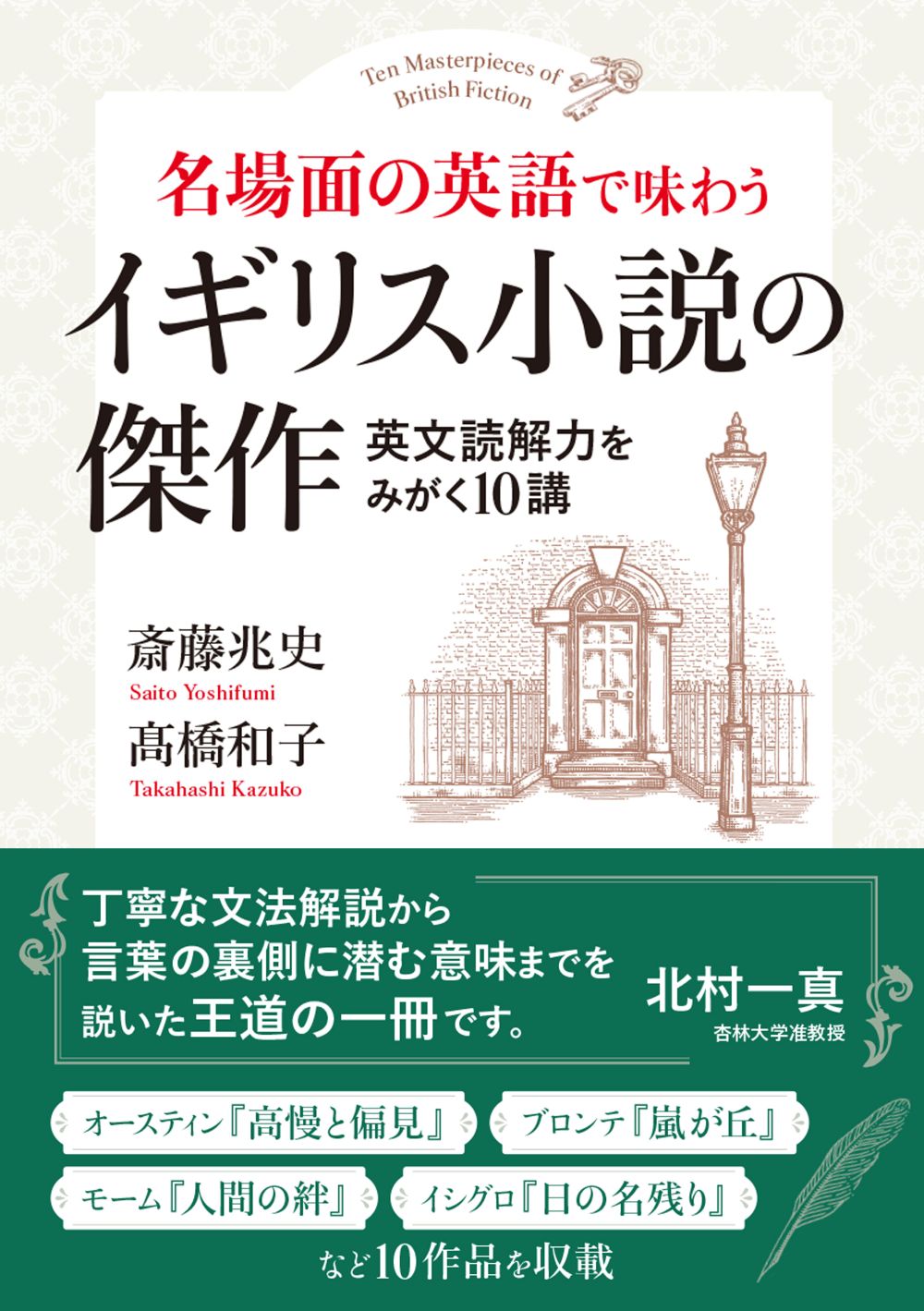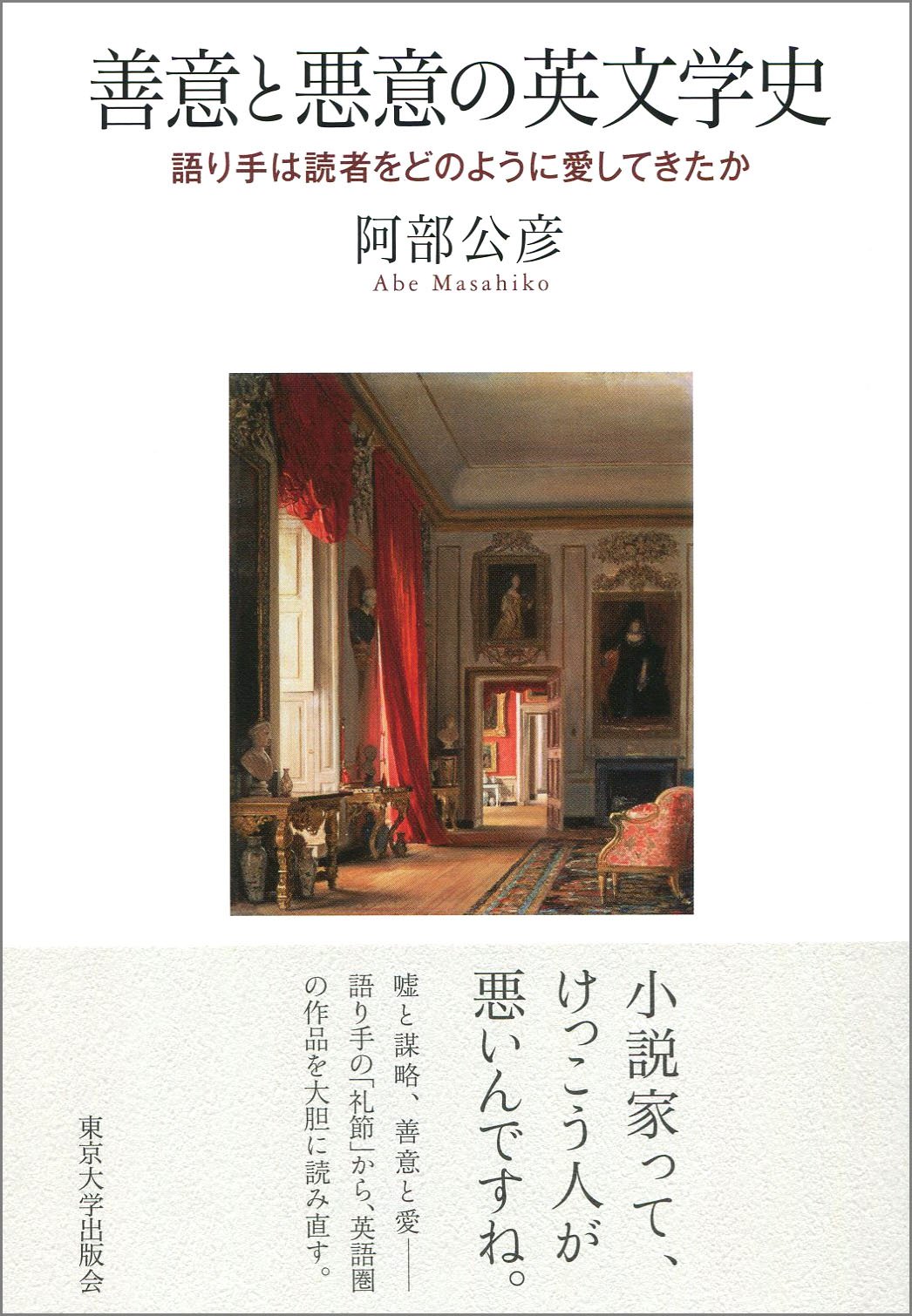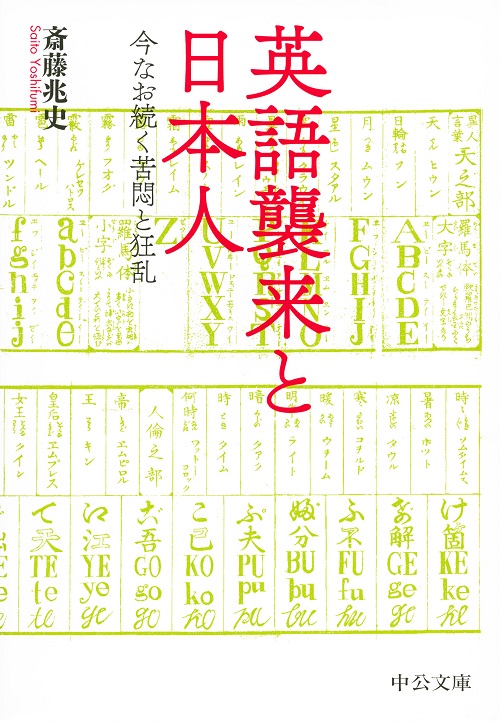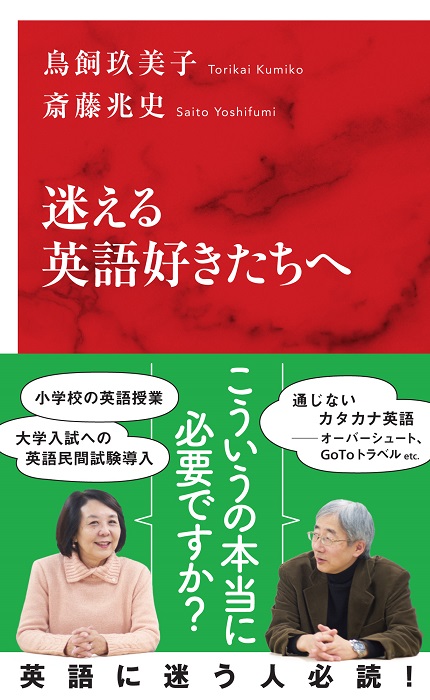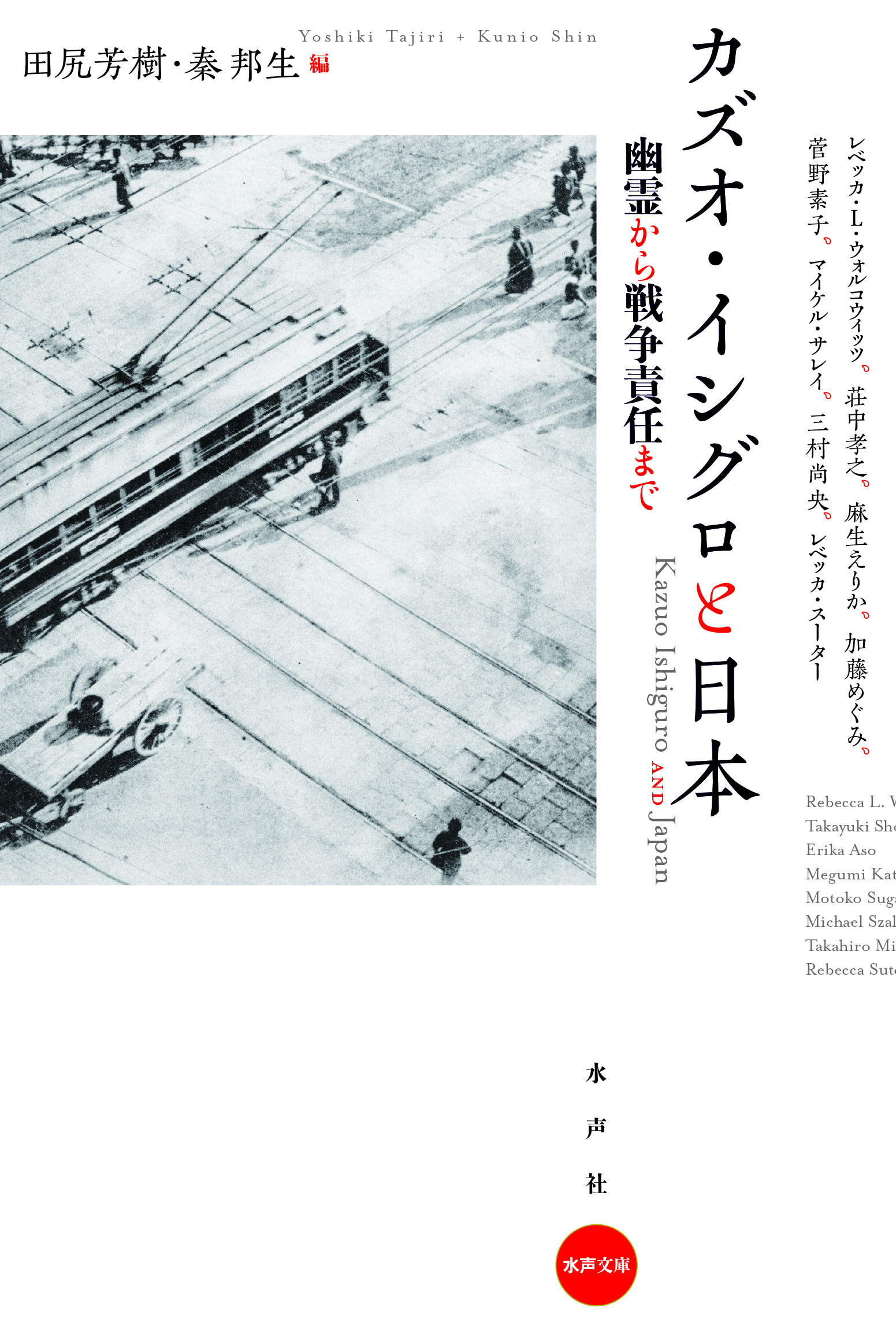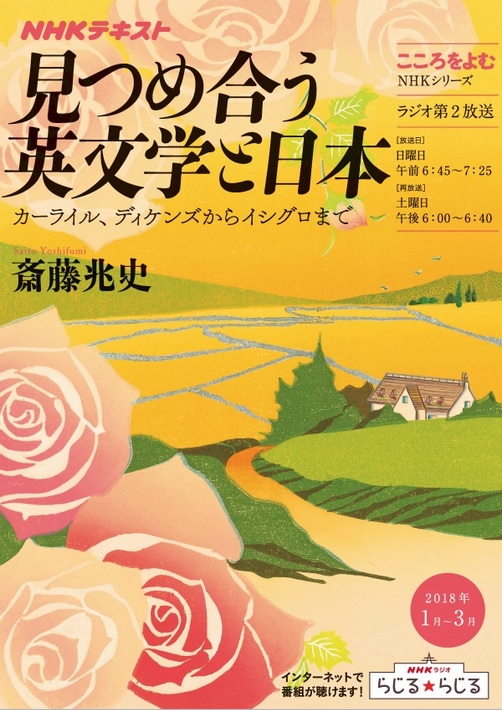
Title
NHK text Mitsumeau Eibungaku to Nihon (The Interaction between English Literature and Japan: From Carlyle, Dickens to Ishiguro)
Size
192 pages, A5 format
Language
Japanese
Released
December 25, 2017
ISBN
978-4-14-910980-0
Published by
NHK shuppan
Book Info
See Book Availability at Library
Japanese Page
Since the Meiji era Japanese people have accepted English literature, which has played some different roles: a source of knowledge of Western culture, teaching materials for English education, a set of writings for cultivating their mind, etc. Interestingly, many of the authors and works of literature which have been widely read in Japan are not included in the ‘canon’ of English literature. When we look into the reason why certain authors and works of literature have been more appreciated than others, we may be able to understand what English literature has been to Japanese people. Many English authors, on their part, got interested in Japan and wrote about some different features of the country. It is worth questioning what they saw in Japan. This book discusses those authors and their works that have had strong relationships with Japan, dividing them into two groups: the authors and their works that Japanese people loved and the authors who wrote about Japan.
The first author in the first group is Thomas Carlyle, whose Sartor Resartus greatly influenced Inazo Nitobe’s philosophical development. Charles Dickens is placed at the very centre of the canon of English literature, but the section of ‘Child Wife’ in David Copperfield was translated by Shizuko Wakamatsu as a story for cultivating the mind of married couples in the Meiji era. Rudyard Kipling was quite often misunderstood as a proponent of colonialism, but his idea of reconciliation between the East and the West was duly understood by Inazo Nitobe. Bertrand Russell and W. Somerset Maugham, authors of good English style, provided reading materials for English learners in the Showa era.
The authors in the second group wrote about Japan in their respective ways. Kazuo Ishiguro, who was awarded a Nobel prize for literature in 2017, used Japan as the settings for his first two novels, but his peculiar descriptions of things and customs in Japan seem to represent his split identity. Lafcadio Hearn loved Japan and tried to be immersed in its culture, and therefore described the country more beautifully than it really was. In sharp contrast to Hearn, Isabella Bird travelled around Japan and described its virtues and drawbacks without any preconception. James Kirkup’s essays on Japan suggest how he got disappointed over time by the country which he had first thought to be an oasis. R.H. Blyth, who on the one hand played an important role as a mediator between the Japanese government and the GHQ and learned Zen and Haiku on the other hand, saw Zen in Western literature.
When we take a renewed look at these authors and their works, we can see how Japanese people, who learned culture and language from English literature, gradually forget what they had learned and gradually lost ‘dignity’ in the rapid economic growth in the postwar era. We need to think of English literature or literature(s) in English of our age as another resource of deep learning for Japanese people.
(Written by SAITO Yoshifumi, Professor, Graduate School of Education / 2018)



 Find a book
Find a book


 eBook
eBook